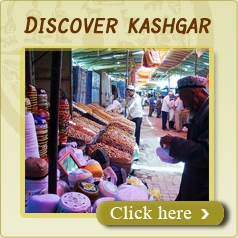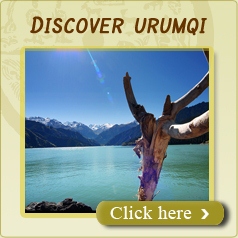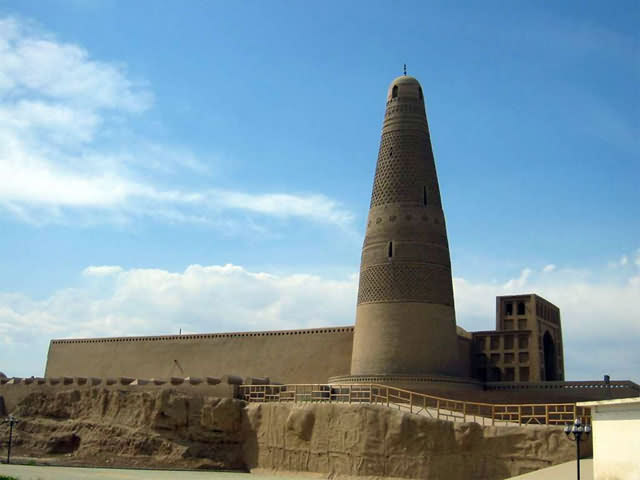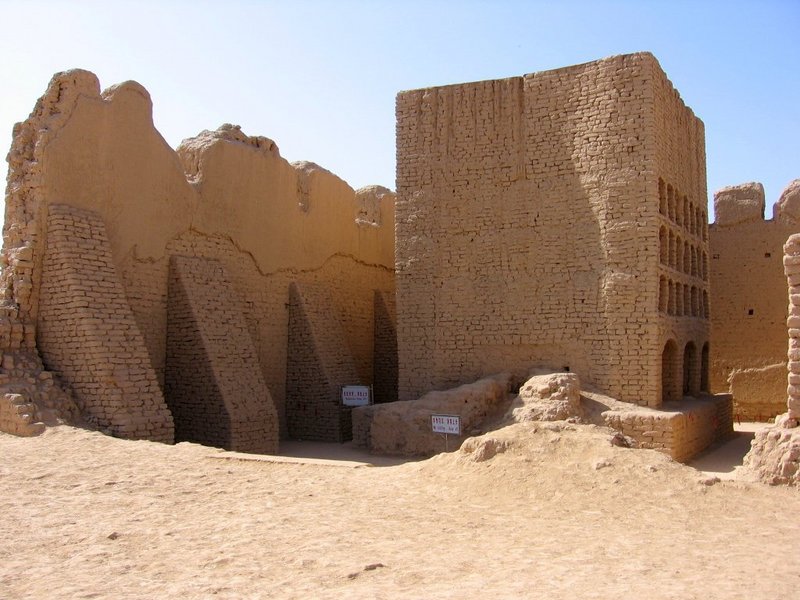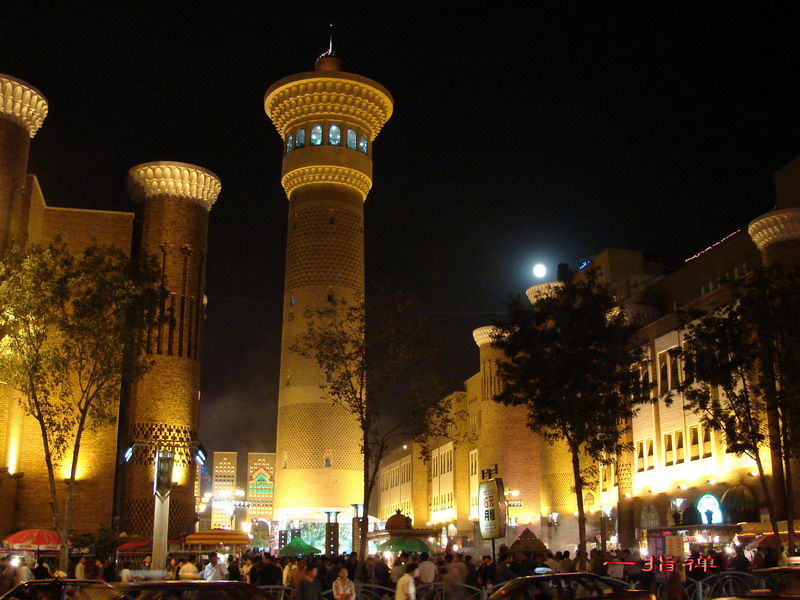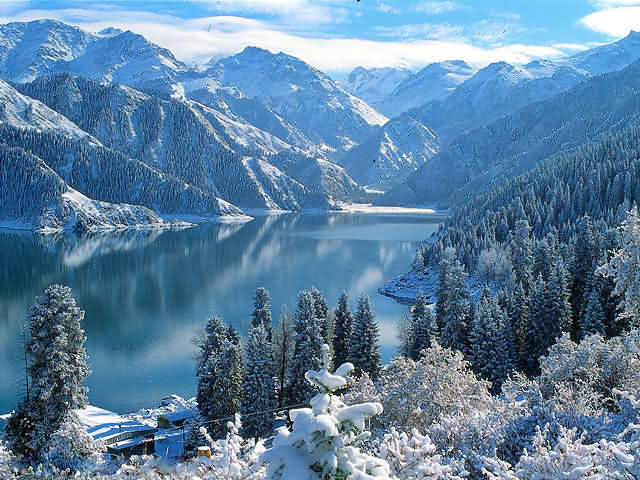Urumqi Tourism
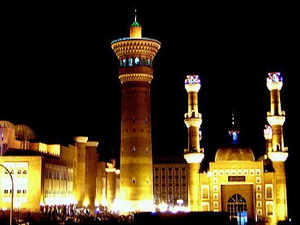
-
City Name:Urumqi (Chinese: 乌鲁木齐, Pinyin:wulumqi)
-
Population :2,681,834
-
Area :10,989 square km (4,242.9 sq mile)
-
Overview:Urumqi is the capital of Xinjiang Uyghur Autonomous Region, in the northwest of the country. It is by far the largest city on China's vast Western interior.
Overview
Located in northwest of China, Urumqi is the Capital of Xinjiang Uyghur Autonomous Rigion. With an urban population of over 2.5 million people, Urumqi, whose name means "beautiful pasture" in the Mongolian language. It is by far the largest city on China's vast Western interior.
Situated near the northern route of the Silk Road, the momentous wash of religious influences here over the past 2,000 years; Shamanist, Buddhist and Islam have given the people here a sense of tolerance and hospitality. Further more, with its unique landscape and fascinating history, Urumqi, is really worth visiting.
Know More
Dating back to the 22nd year of Emperor Taizong's reign in Tang Dynasty( A.D 648), the Tang government set up the town of Luntai in the ancient town seat of Urabo, 10 kilometers from the southern suburb of present-day Ürümqi. Ancient Luntai Town was a seat of local government, and collected taxes from the caravans along the northern route of the Silk Road.
ittle is heard of the region following the Tang Dynasty until the conquest of Dzungaria in 1755 under the Emperor Qianlong of the Qing Dynasty. One writer, Wei Yuan, described the resulting desolation in what is now northern Xinjiang as: "an empty plain for a thousand li, with no trace of man." After 1759 state farms were established, "especially in the vicinity of Urumchi, where there was fertile, well-watered land and few people." It has been estimated that more than a million people were slaughtered, and it took generations for it to recover.
During the Qing Dynasty (1763) the Qianlong Emperor named the expanded town of Luntai "Dihua" , meaning "to enlighten." In 1884, the Guangxu Emperor established Xinjiang as a Province, with Dihua as its capital.
Following the founding of the People's Republic of China, on February 1, 1954, the city was renamed Urumqi, meaning "beautiful pasture" in the Mongolian language of the Dzungar people.
Must see
Xinjiang is a large, sparsely populated area, spanning over 1.6 million sqiare km (comparable in size to Iran or Western Europe), which takes up about one sixth of the country's territory.
- Red Hill Park
- Erdaoqiao Bazaar
Mount Red (also called Red Hill or Tiger Head Hill) gets its name from its reddish brown color. The mountain spans 1.5 kilometers long from east to west at an altitude of 910 meters and a relative height of 400 meters. Its purple sandstone was formed in the Pangaea continental environment 250 million years ago.
The Erdaoqiao Market is one of the best starting points for visitors sightseeing in Xinjiang. On the first floor under the Erdaoqiao Market is the Erdaoqiao Imported Commodity Street where one can buy genuine imported products from all around the world. The international market houses an eclectic mixture of goods such as woodcarvings from Russia, bronze ornaments made in Pakistan, silverware imported from the United Arab Emirates, perfumes out of India, and carpets from Turkey.
